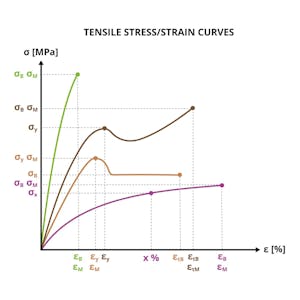Fundamentals of Machine Learning in Finance
About this Course
The course aims at helping students to be able to solve practical ML-amenable problems that they may encounter in real life that include: (1) understanding where the problem one faces lands on a general landscape of available ML methods, (2) understanding which particular ML approach(es) would be most appropriate for resolving the problem, and (3) ability to successfully implement a solution, and assess its performance. A learner with some or no previous knowledge of Machine Learning (ML) will get to know main algorithms of Supervised and Unsupervised Learning, and Reinforcement Learning, and will be able to use ML open source Python packages to design, test, and implement ML algorithms in Finance. Fundamentals of Machine Learning in Finance will provide more at-depth view of supervised, unsupervised, and reinforcement learning, and end up in a project on using unsupervised learning for implementing a simple portfolio trading strategy. The course is designed for three categories of students: Practitioners working at financial institutions such as banks, asset management firms or hedge funds Individuals interested in applications of ML for personal day trading Current full-time students pursuing a degree in Finance, Statistics, Computer Science, Mathematics, Physics, Engineering or other related disciplines who want to learn about practical applications of ML in Finance Experience with Python (including numpy, pandas, and IPython/Jupyter notebooks), linear algebra, basic probability theory and basic calculus is necessary to complete assignments in this course.Created by: New York University

Related Online Courses
This course will explore higher-level details about phase diagrams, including the Fe-Fe3C phase diagram. We will use the Fe-Fe3C phase diagram to predict the possible phases and microstructures of... more
This course starts with the theoretical concepts and fundamental knowledge of recommender systems, covering essential taxonomies. You\'ll learn to use Python to evaluate datasets based on user... more
If you have fundamental proficiency in Mandarin Chinese, join us now to practice and improve your skill of the language spoken by more than 1 billion people. This may enable you to know and do... more
Organizations large and small are inundated with data about consumer choices. But that wealth of information does not always translate into better decisions. Knowing how to interpret data is the... more
This course is the culmination of the Graphic Design Specialization and gives you an opportunity to tie together your knowledge and skills into a single project: a brand development guide for a... more








